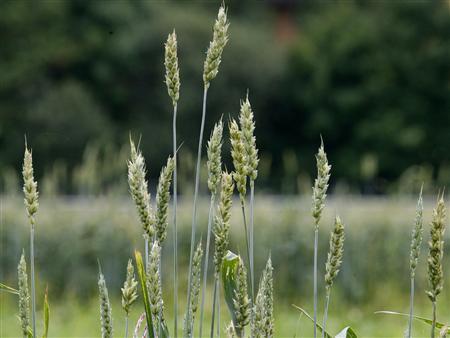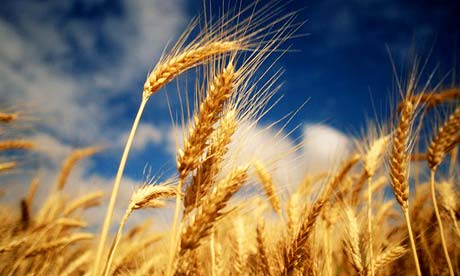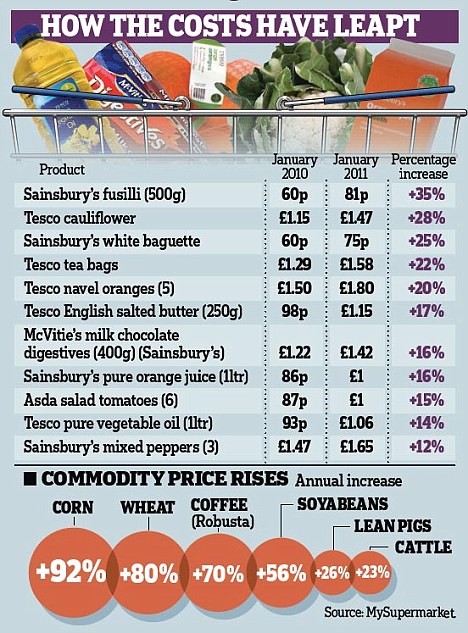– China intensifies drought-fighting efforts in wheat-growing regions (Xinhua):
BEIJING, Jan.27 (Xinhua) — China’s State Council, the nation’s cabinet, pledged Thursday to step up efforts to fight the prolonged drought in the country’s northern wheat-growing regions.
North China wheat-growing regions, including Shandong, Henan, Hebei, Anhui, Shanxi and Jiangsu provinces, have received little rainfall since October last year.
– Drought affecting more than 2 mln people in China (China TEFL Network):
BEIJING – About 2.2 million people in China are short of drinking water as severe droughts continue to plague winter wheat producing areas, said the nation ‘s drought relief authorities on Monday.
Photo taken on Jan 14, 2011 shows withered wheat seedlings in Bozhou, Anhui province suffers serious drought. [Photo/Xinhua]
Rainfall in Henan, Shanxi, Hebei, Shandong, Jiangsu, Anhui and Shaanxi provinces has decreased 20 to 90 percent over the last four months from the same-period average, said Chen Lei, deputy director of the State Flood Control and Drought Relief Headquarters.
Relentless droughts that started to dry out winter wheat producing areas such as Shandong and Henan provinces in November continue, affecting some 4 million hectares of cropland, said Chen.

China, the largest wheat producer, is facing severe drought in the main, winter-wheat growing region.
(Bloomberg) — Wheat rose to the highest in more than two years in Chicago as drought threatened crops in China, the world’s biggest grower, and as governments increased purchases to contain inflation and protests.
Wheat has surged 83 percent in Chicago and doubled in Paris in the past year as drought in Russia and floods in Canada and Australia hurt crops. Countries in the Middle East and North Africa are speeding up grain purchases after rising food prices contributed to riots and protests. Now China is facing severe drought in the main winter-wheat growing region.
“Wheat is at the center of issues for the market now,” said Han Sung Min, a broker at Korea Exchange Bank Futures Co. in Seoul. “China’s poor crop weather has fueled concern over tightening supplies after some countries in North Africa and the Middle East rushed to secure food.”
Read moreWheat Jumps to Highest Since 2008 as Chinese Crop Faces Drought








